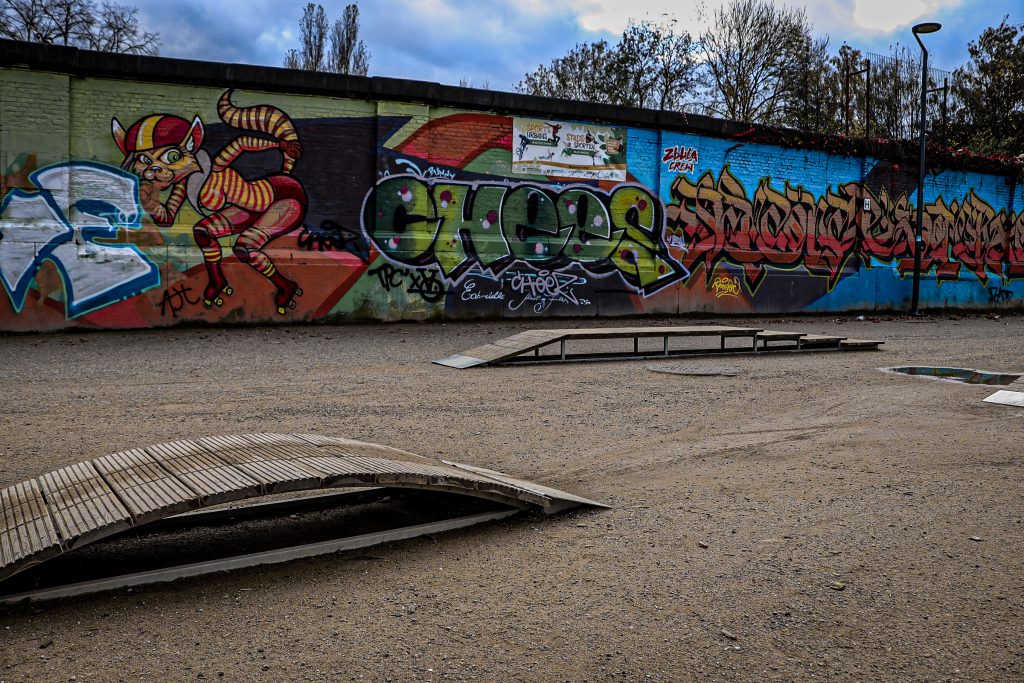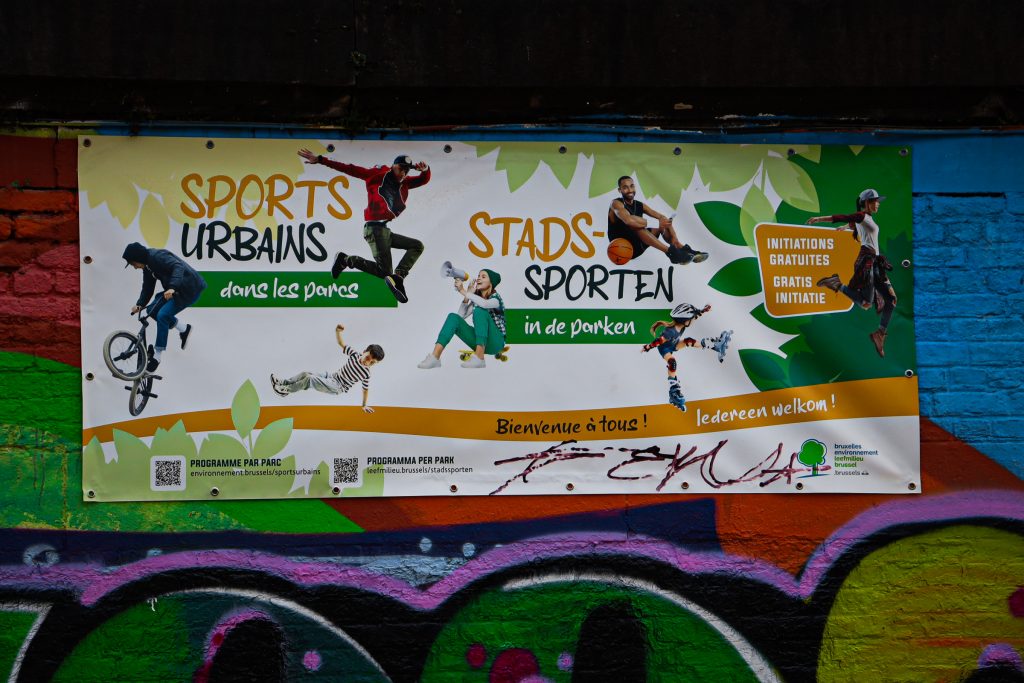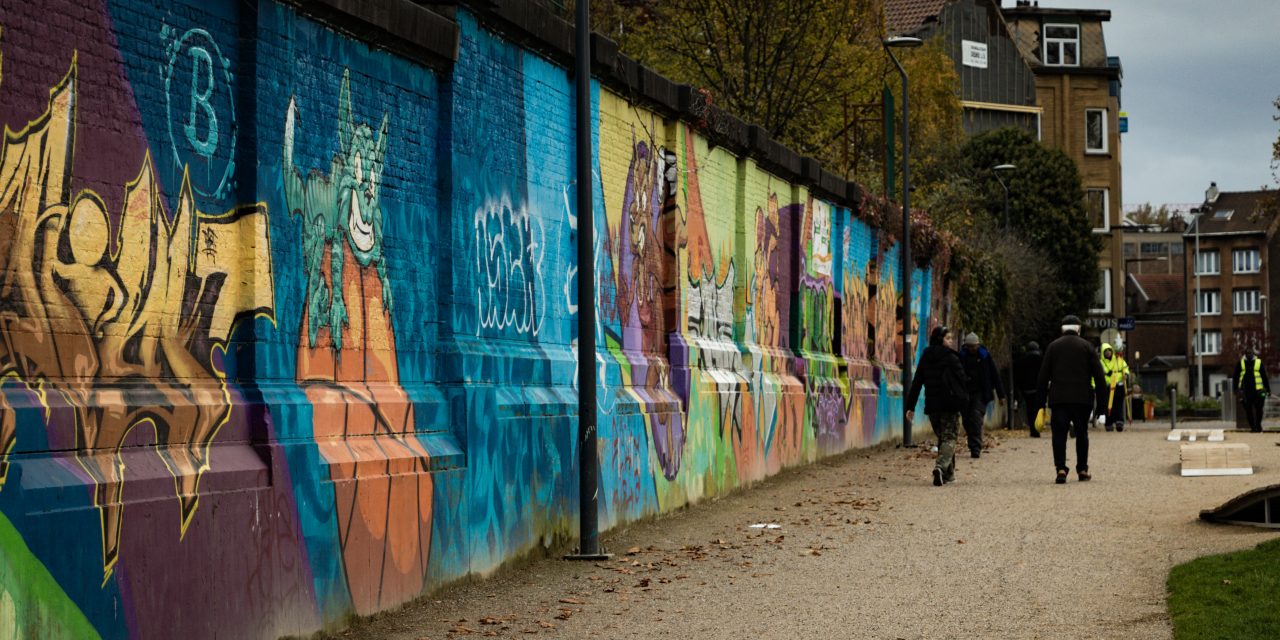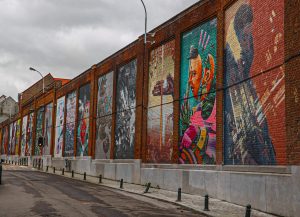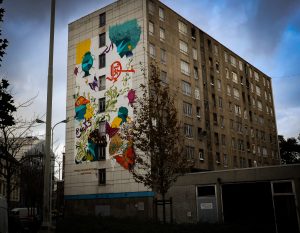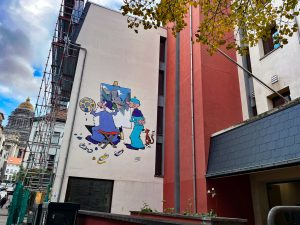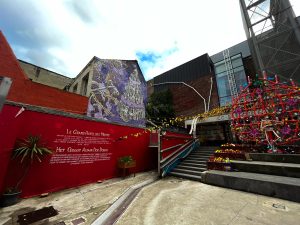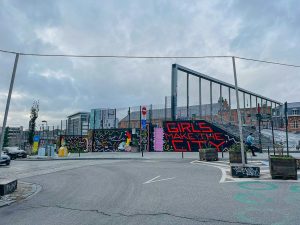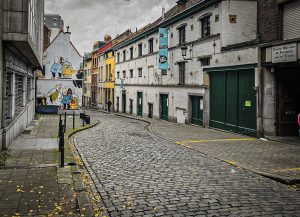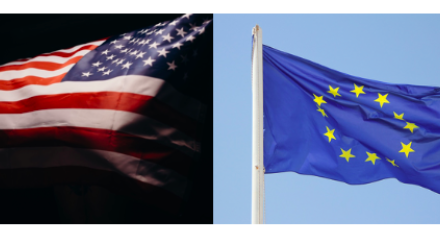Cities in Europe are constructing larger buildings and seeking ways to make their urban areas more attractive to corporations. While rapid transformations are occurring within cities, one aspect has been overlooked – urban neighbourhoods. Certain areas in cities may remain unchanged for years. Local communities have taken it upon themselves to address this issue through Tactical Urbanism, which involves low-cost, short-term modifications within urban areas to enhance community neighbourhoods and communal spaces in cities.
Bram Dewolfs, the founder of Urban Foxes, views tactical urbanism as a political statement as well.
“For us, tactical urbanism was a way to intervene in public space. It’s a political statement by reclaiming public space, particularly from cars and concrete spaces.”
Urban Foxes aims to improve urban health and well-being. Dewolfs and the Urban Foxes team primarily operate in Brussels, but the team includes members from around the world. Urban Foxes believes that citizens have the right to claim public space.
“I think all the tactical urbanism projects we have done, even those we received funding for, were always without authorization. We believe in that. As long as we don’t cause any nuisance or damage anything.”
Empty spaces to something enjoyable
Tactical urbanism is generally low-cost and involves temporary changes. Achieving permanent change can be challenging. Dewolfs sees tactical urbanism projects as important pilots for policymakers to observe.
“If policymakers see it’s something temporary, they will likely grant permission. When people, even with a very cheap and light intervention, recognize the potential of the street, I think they’re able to reimagine the place.”
Onni Möykkynen, a student from Finland, has been part of a few Tactical Urbanism projects. The main reason for his involvement is that he wants to make the cities where he lives more enjoyable. The last project he was involved in was in Lappeenranta, where a small group of people established a community garden.
“We wanted to utilize the empty space and make the area more enjoyable.”
Möykkynen has been especially active in projects that involve nature.
“For me, nature is one of the most important things in life. I want to make sure it stays a part of cities.
Tactical Urbanism struggling with car culture
Unlocking the full potential of neighbourhoods is one thing Dewolfs sees as the strength of tactical urbanism – demonstrating an alternative to the current state. Tactical Urbanism was popularized in the 2010s; this phenomenon is still new and still faces challenges. One challenge Dewolfs brings up is the dominance of car culture.
“I think this is a very big challenge. A lot of people are very stubborn when it comes to parking spaces.”
Tactical Urbanism is supposed to be easy. It can be a pop-up park, painting a street colorful, murals, or even street furniture. Probably the most common tactical urbanism people see is murals. Most cities have murals around the cities, aiming to make concrete spaces more enjoyable, some of them are made by local artists.
“You can put a chair outside, you can put a table, you can bring food. Tactical Urbanism is about people wanting and willing to reclaim their public space. I think it’s not difficult. That’s why we at Urban Foxes try to make young people aware of the concept of public space and their rights, as long as it’s with a good and social aim.”
